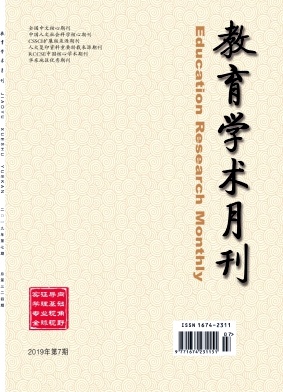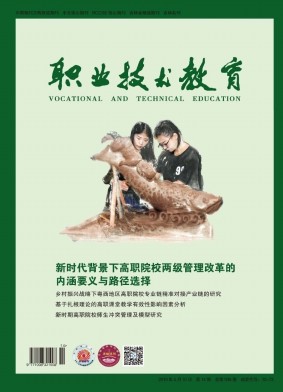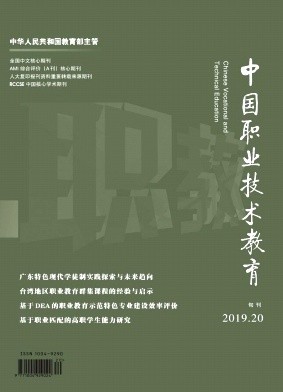摘要 为了明确粟酒裂殖酵母(Schizosaccharomyces pombe)参与发酵对干红葡萄酒品质的影响,以‘黑比诺’葡萄为原料,选用S.pombe为供试菌株,分别以6、8、10和12 d的间隔时间与商业酿酒酵母顺序接种发酵,以单独接种酿酒酵母并完成苹果酸-乳酸发酵为对照,监测酒精发酵过程中2种酵母菌株生长动态,检测成品酒中色泽指标、苹果酸含量及香气化合物含量,并结合感官评价分析S.pombe和酿酒酵母顺序发酵对‘黑比诺’干红葡萄酒品质的影响。结果表明:各顺序接种发酵中S.pombe菌株生长趋势基本一致,酒精发酵结束后S.pombe和酿酒酵母菌株生物量无明显差异;各顺序接种酒样的色度值、色调值、总花色苷含量与对照无显著差异;各顺序接种发酵对苹果酸的降解能力显著提高,且间隔8 d接种的酒样降解苹果酸的能力显著高于对照和其他处理酒样,其柔和指数与对照差异不显著,但显著高于其他处理酒样,其香气组分优于对照和其他酒样,其中月桂酸乙酯、己酸乙酯、辛酸乙酯、癸酸乙酯、正戊醇、苯乙醇和香茅醇等物质的含量明显增加;感官评价结果也表明间隔8 d接种的葡萄酒具有良好的口感和较为复杂的香气。综上所述,S.pombe和酿酒酵母菌株以间隔8 d的顺序接种方式能够较好地降解葡萄酒中的苹果酸,并且对干红葡萄酒的香气复杂性具有一定程度的积极影响。 The quality influence of Schizosaccharomyces pombe on dry red wine was studied using‘Pinot Noir’grape as the raw material.malolactic fermentation was carried out with S.pombe and then sequentially inoculated with commercial Saccharomyces cerevisiae at intervals of 6,8,10 and 12 d,taking S.cerevisiae fermentation as the control.The growth dynamics of the two yeast strains were monitored during alcohol fermentation,and the color index,malic acid content as well as aroma compounds were analyzed.Combined with sensory evaluation,the effects of S.pombe and S.cerevisiae sequential fermentation on the quality of‘Pinot Noir’dry red wine were analyzed.The results showed that there was no significant difference in the biomass of S.pombe and S.cerevisiae in each sequential inoculation fermentation.The chroma value,hue value and total anthocyanin content of the wine samples were not significantly different;the degrading ability of malic acid in wine samples inoculated at an interval of 8 days was significantly higher than that of other wines;the softness index of the wine sample inoculated at an interval of 8 days was not significantly different from the control.Aroma components of wine inoculated with 8 days interval were better than others,among them,ethyl laurate,ethyl caproate,ethyl caprylate,ethyl decanoate,n-pentanol,phenethyl alcohol,and citronellol were increased significantly.Sensory evaluation also indicated that the wines inoculated at an interval of 8 days had good tastes and more complex aroma.In summary,the sequential inoculation of S.pombe and S.cerevisiae at an interval of 8 days could better degrade malic acid in wine and have positive impact on the aroma complexity of dry red wine.
出处 《食品与发酵工业》 CAS CSCD 北大核心 2021年第9期84-90,I0002-I0005,共11页 Food and Fermentation Industries
基金 国家重点研发计划项目(2019YFD1002500)。
关键词 粟酒裂殖酵母 顺序接种 苹果酸 香气组分 Schizosaccharomyces pombe sequential inoculation malic acid aroma components




